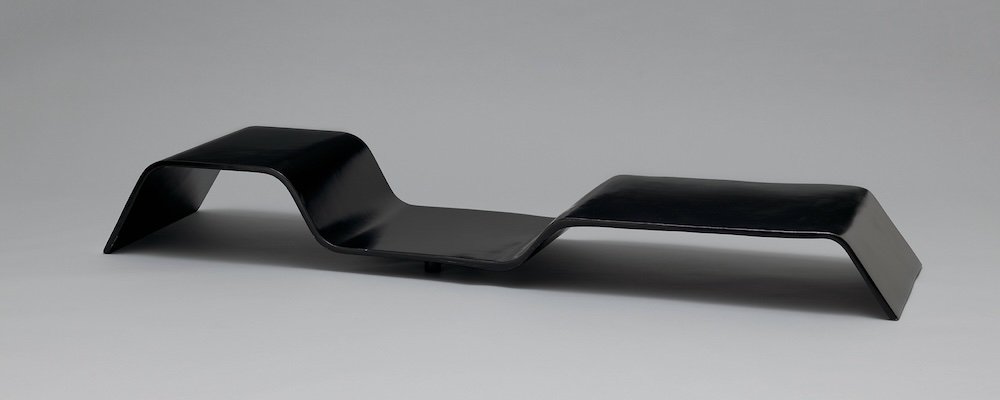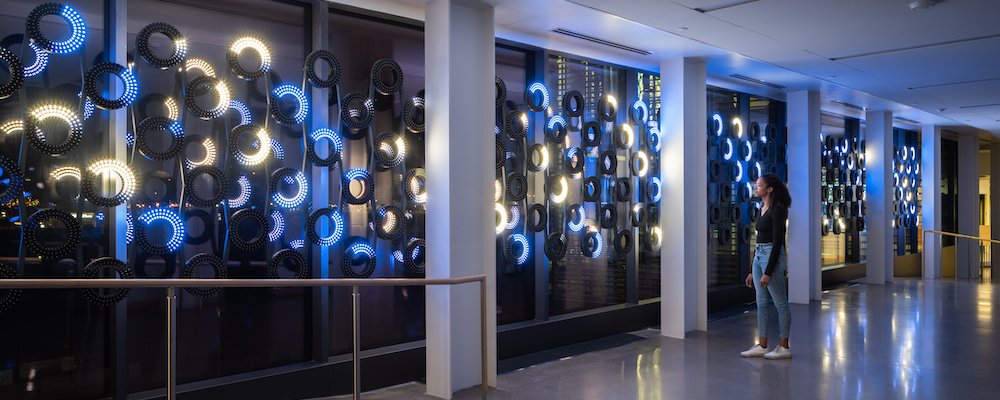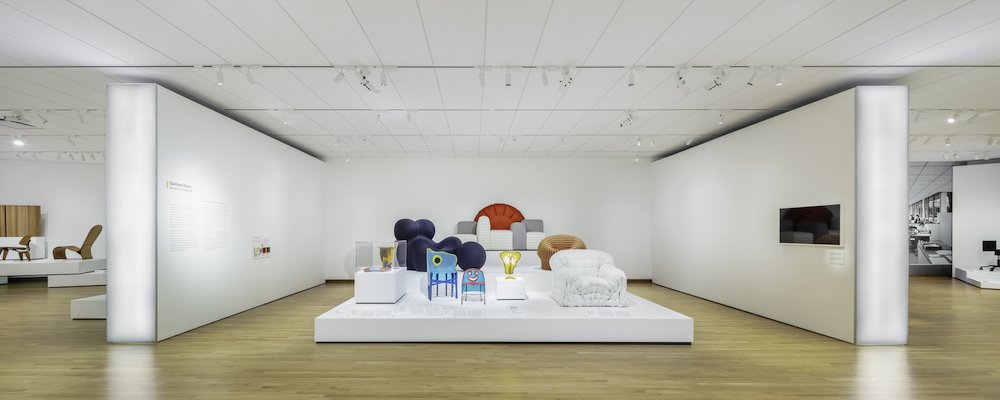The International African American Museum
The International African American Museum opens this weekend in Charleston at the waterfront site that served as the port of arrival for nearly half of all enslaved Africans brought to North America in the eighteenth and nineteenth centuries.
It took almost two decades to open the International African American Museum (IAAM). The new venue is dedicated to tell the stories of enslaved Africans, and to celebrate the contributions of their descendants.
IAAM is housed in a building designed by Pei Cobb Freed & Partners and Moody Nolan, with landscape design by Hood Design Studio and exhibition design by Ralph Appelbaum Associates. The firms worked closely together to create a work of architecture and an environment that honours the site’s history, while supporting an array of exhibitions, events, and educational resources.
The building form reflects the guiding principle articulated by its lead designer, the late Henry N. Cobb, for whom the location was paramount: “As the place at which many thousands of Africans from diverse cultures first set foot in North America, Gadsden’s Wharf is not just the right place to tell this story; it is hallowed ground. Hence the special design challenge of the International African American Museum: to build on this site without occupying it.”
In service to this aim and the mission of IAAM, the newly completed structure grants primacy to the seascape it fronts, the landscape that frames it, and the memorial it shelters. In collaboration with executive architect Moody Nolan, Pei Cobb Freed & Partners designed the 130m-long, 25m-wide, single-story volume to hover 4m above the ground, supported by eighteen cylindrical pillars arranged in two rows. A deliberately contextual response to the highly charged historical site, the long side walls are clad in pale yellow brick, while the glazed end walls are framed by African sapele louvers, directing views to the Atlantic on the east, and downtown Charleston on the west. The supporting columns are clad in traditional oyster-shell tabby, also used as paving in portions of the landscape.
With the exception of two service cores framing a central skylit stairway, the entire ground plane beneath the building remains open, representing the heart of the site’s collective memory. On the east side of this open space, oriented to the harbour and ocean beyond, a shallow reflecting pool signifies the edge of Gadsden’s Wharf as it was at the beginning of the nineteenth century, the peak of the slave trade. On the west side, oriented to Concord Street and Gadsdenborough Park, granite paving demarcates a sheltered gathering place for group activities and performances.
Embracing the entire site, the African Ancestors Memorial Garden, designed by Hood Design Studio, stands as a beacon of remembrance and reflection. The garden acknowledges the history of Gadsden’s Wharf, drawing inspiration from the low-country landscape and the wide-reaching heritage of the African diaspora.
A blend of ecology, craft, and art creates an environment fostering contemplation and dialogue. A series of sub-gardens, nestled within the overarching landscape, celebrates the artistry, craftsmanship, and labour that African Americans have contributed throughout history. A centrepiece of the garden is an expansive water feature evoking the Atlantic Passage, a tribute to the perilous journeys endured by enslaved Africans. Inspired by the eighteenth-century Brooks map, which shows enslaved individuals packed into the lower decks of a slave ship, the water feature has a dynamic quality, as it gently ebbs and flows, alternately revealing figures beneath the surface and cloaking them with reflections of the sky.
Bordering the water feature is a shimmering stainless steel band that traces the historic line of Gadsden’s Wharf. This band serves not only as a reflective border, but also as a ledger of memory engraved with the names of ports that marked the beginning and end of countless journeys during the transatlantic slave trade.
The design team envisioned the entry sequence as both a destination and transitional space between the landscape and exhibition. Visitors are drawn into the museum through a luminous atrium at the centre of the building, moving from shadow to light as they ascend the monumental stair. On the upper level, large windows at both ends offer unobstructed views of the port to the east and the city to the west. Exhibit designer Ralph Appelbaum Associates planned the narrative flow of the installations around the architecture, organising the east side thematically, with an introductory corridor and orientation theatre leading to multimedia displays of South Carolina and Gullah Geechee culture, African roots, and the Atlantic world.
The west side features a chronological, interactive gallery called American Journeys, juxtaposed with media related to the legacies of slavery and current movements around racial equality and social justice. The Centre for Family History, at the west end of the building, provides a major resource for the study and advancement of African American genealogy, where genealogists and the public can research the museum’s unique collection of primary sources, documents, and texts.
The International African American Museum will open to the public on June 27th.
Lead photo © Sahar Coston-Hardy/Esto

























